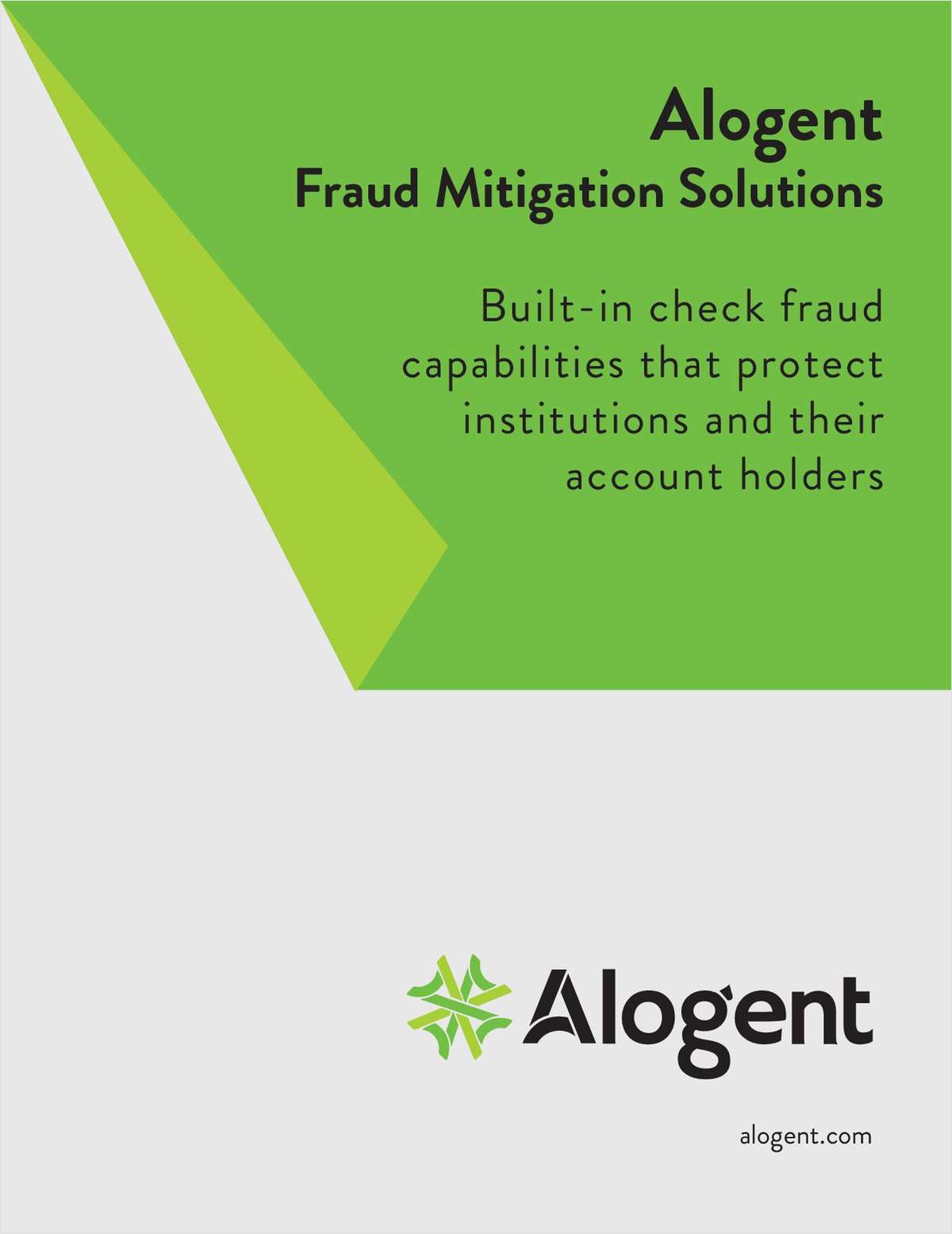WASHINGTON -- CUNA, NAFCU and NASCUS all urged NCUA to streamline the waiver process on member business loans.
Requiring state-charted credit unions to apply for waivers from both the federal and state regulators is "cumbersome" and "creates uncertainty for the credit unions while adding little to effective regulatory oversight," NASCUS Senior Vice President of Regulatory Affairs Brian Knight wrote the agency.
CUNA Senior Vice President and Deputy General Counsel Mary Dunn also criticized the dual approval rules and urged the agency not to require credit unions that have already obtained waivers to resubmit all the documentation in subsequent applications.
NAFCU Senior Vice President of Government Affairs B. Dan Berger urged the agency reduce the approval time from 45 calendar days to 20 calendar days. He also recommended the agency create an expedited application process for credit unions that meet RegFlex standards and so are less likely to assume unreasonable risk.
NASCUS also urged the agency to change the rule requiring credit unions to have at least two years of lending experience before doing MBLs. Instead, the group urged NCUA to create a "commensurate experience" standard that varies the experience based on the complexity of the MBL.
NASCUS, which represents state regulators, offered no opinion on whether to alter the loan-to-value ratios (currently 80%) and change borrower equity requirements.
But CUNA and NAFCU both said making a change would help credit unions be more competitive with other financial institutions.
"NCUA's regulation should provide more latitude generally to credit unions to determine what the appropriate LTV should be for any MBL, based on the credit union's assessment of each borrower's credit history, type of project being funded and other relevant information," Dunn wrote.
NCUA is reviewing rules in this area and is asking for input from the financial services industry before issuing suggested changes.
Berger urged the agency to modify its rules on commercial vehicle loans so credit unions can make loans on up to five vehicles (if the vehicles aren't used for revenue-generating purposes) without the loan being considered an MBL. Dunn expressed similar sentiments and both Berger and Dunn urged the agency to create more flexible standards for construction and development loans.
Berger also urged the agency to consider increasing the maturity limit above the current 15 years. Such a move would give credit unions greater flexibility, including increasing their chances to sell them on the secondary market.
Dunn also used her letter to refute concerns raised by the American Bankers Association and other banking groups in letters to regulators urging them to place more, not fewer, restrictions on credit union lending.
"MBLs as of March 2008 are only 3.62% of credit unions' assets and only 5.38% of all loans. More importantly, the delinquency rate is at 1.62%, compared to 4.24% for banks. As these figures indicate, MBLs for federally insured credit unions are generally safe and productive for the credit union as well for as the member business borrower," she wrote. "Further, as the agency is aware, concerns regarding MBLs have been isolated incidences and not systemic as say, mortgage problems have been in the banking sector."
Complete your profile to continue reading and get FREE access to CUTimes.com, part of your ALM digital membership.
Your access to unlimited CUTimes.com content isn’t changing.
Once you are an ALM digital member, you’ll receive:
- Breaking credit union news and analysis, on-site and via our newsletters and custom alerts
- Weekly Shared Accounts podcast featuring exclusive interviews with industry leaders
- Educational webcasts, white papers, and ebooks from industry thought leaders
- Critical coverage of the commercial real estate and financial advisory markets on our other ALM sites, GlobeSt.com and ThinkAdvisor.com
Already have an account? Sign In Now
© 2024 ALM Global, LLC, All Rights Reserved. Request academic re-use from www.copyright.com. All other uses, submit a request to [email protected]. For more information visit Asset & Logo Licensing.









